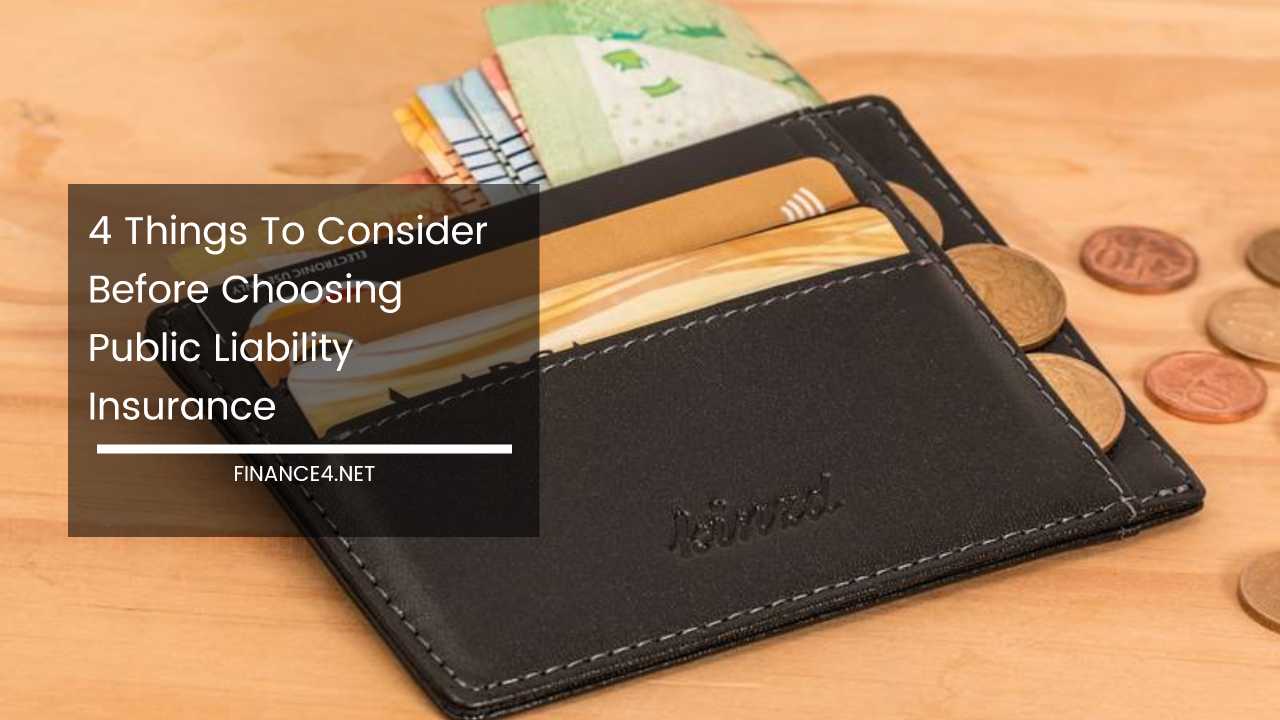What to Do When Your Credit Card is Lost or Stolen?

What To Do When Your Credit Card Is Lost Or Stolen? A Step-by-Step Guide to Protecting Yourself
Misplacing your credit card can be a heart-stopping experience. Images of fraudulent charges and financial woes might dance in your head. But take a deep breath!
By acting swiftly and strategically, you can minimize the damage and safeguard your financial well-being. This comprehensive guide details what to do if your credit card is lost or stolen, equipping you with the knowledge to navigate this stressful situation effectively.
Step 1: Act Fast – Contact Your Card Issuer
The time between realizing your card is missing and reporting it directly impacts your vulnerability. Every minute counts in stopping potential misuse. Here’s how to reach your card issuer promptly:
- Phone: Locate the customer service number on the back of your card (if you still have it) or on your latest credit card statement. Most issuers provide 24/7 support for lost or stolen cards. Keep this number readily available in your phone’s contacts for emergencies.
- Mobile App: Many banks offer the convenience of reporting a lost card directly through their mobile banking app. This is often the fastest and most convenient option, especially if you suspect your card might have been stolen while you were out.
- Website: You can usually report a lost card through your issuer’s secure online banking portal. While not as quick as a phone call, it’s a viable alternative if you don’t have immediate access to your phone or the customer service number.
Step 2: Report the Card Lost or Stolen
When you make contact with your issuer, clearly state that your credit card is either lost or stolen. Be prepared to provide the following information to expedite the process:
- Your full name: This ensures you’re speaking about the correct account.
- Your account number: While some issuers might ask for the full 16-digit number, others might only require the last four digits for security purposes.
- Billing address: Verifying your billing address helps the issuer confirm your identity.
- A brief description of when and where you last used your card: This information can help the issuer determine if any recent transactions might be legitimate.
Following your report, the issuer will typically:
- Deactivate your card: This immediate action prevents unauthorized charges from being made on your compromised card.
- Issue a new card: You’ll receive a replacement card with a new account number, expiration date, and CVV code. Delivery timeframes can vary between issuers, but typically range from 5-10 business days.
- Discuss your liability: Federal law (the Fair Credit Billing Act) limits your liability for unauthorized charges on a lost or stolen credit card to a maximum of $50. However, it’s always best to confirm this specific limit with your issuer for extra peace of mind.
Step 3: File a Police Report (Optional but Recommended)
While not mandatory, filing a police report for a stolen credit card offers several advantages:
- Establishes a Paper Trail: The police report serves as documented proof of the theft, which can be crucial evidence if fraudulent charges appear on your statement later. It provides a timestamp and official record of the incident.
- Strengthens Your Case with the Issuer: Having a police report on hand can expedite the investigation process initiated by your card issuer. It demonstrates your proactiveness and strengthens your claim in case of fraudulent activity.
- Supports Insurance Claims: If your credit card benefits include theft protection, you might need a police report to file a claim and recoup any associated losses.
Step 4: Review Your Recent Statements with a Keen Eye
Don’t wait for your next credit card statement to arrive before monitoring your account. Most issuers offer online access to your transaction history. Here’s how to be a credit card statement detective:
- Scrutinize for Unfamiliar Merchants: Transactions from stores or online retailers you’ve never used before are red flags. Legitimate charges should be easily recognizable.
- Unusual Purchases: Look for charges for items or services you wouldn’t typically buy. This could indicate someone else is using your card to indulge in their spending habits.
- Multiple Transactions in a Short Period: A sudden spike in activity, especially from a new location, can be a sign of a thief testing the card before making larger purchases. Be wary of unusual spending patterns.
- Transactions Outside Your Geographic Location: Charges made in a different city or country than where you are can be a clear sign of unauthorized use.
By diligently reviewing your statements, you can identify fraudulent activity early on and take swift action to minimize the damage.
Step 5: Report Suspicious Activity Immediately
If you discover any unauthorized charges on your credit card statement, don’t waste a moment. Here’s what to do:
- Contact Your Card Issuer: Report the fraudulent activity to your issuer as soon as possible. Time is of the essence, as the quicker you report the issue, the faster they can investigate and prevent further misuse.
- Provide Specific Details: When reporting suspicious charges, be as specific as possible. Share details like the date, amount, and merchant name for each transaction you believe is fraudulent. The more information you provide, the easier it will be for your issuer to investigate the charges effectively.
- Request a Fraud Investigation: Inform your issuer that you’d like them to initiate a fraud investigation for the reported charges. This investigation will involve the issuer contacting the merchants in question and verifying the legitimacy of the transactions.
- Dispute the Charges: Most issuers allow you to dispute fraudulent charges online or through their mobile app. This formally initiates the process of getting those charges removed from your account.
Step 6: Consider Placing a Fraud Alert
While reporting suspicious activity and requesting a fraud investigation are crucial steps, adding an extra layer of protection can provide peace of mind. Here’s how a fraud alert can benefit you:
- Deters Identity Theft: A fraud alert requires creditors to verify your identity before opening new lines of credit in your name. This can prevent thieves from using your stolen information to rack up debt under your name.
- Initiates a Security Freeze (Optional): If you suspect your Social Security number has also been compromised, you can request a security freeze in addition to a fraud alert. This freezes your credit report, making it nearly impossible for anyone to open new accounts in your name.
- Temporary Measure: Fraud alerts typically last for one year, after which you can renew them if necessary. This temporary nature allows you to balance security needs with the ease of applying for new credit when needed.
How to Place a Fraud Alert:
- Contact One of the Major Credit Bureaus: There are three major credit bureaus in the United States: Equifax, Experian, and TransUnion. You only need to contact one bureau, as they are required by law to notify the other two.
- Request a Fraud Alert: Inform the credit bureau representative that you’d like to place a fraud alert on your credit report. They will guide you through the process, which can often be done over the phone or online.
- Review Your Credit Report Regularly: Even with a fraud alert in place, it’s essential to monitor your credit report for any suspicious activity. You can obtain a free copy of your credit report from each bureau annually at https://www.annualcreditreport.com/index.action.
Moving Forward: Proactive Measures to Prevent Future Mishaps
While losing a credit card can be stressful, it can also be a valuable learning experience. Here are some proactive steps you can take to minimize the risk of future incidents:
- Safeguard Your Card: Always keep your credit card in a secure location, such as your wallet or a dedicated cardholder. Avoid carrying unnecessary cards with you, and never share your PIN or credit card number with anyone.
- Regularly Monitor Statements: Don’t wait for your physical statement to arrive in the mail. Many issuers offer online access to your transaction history. Make it a habit to review your statements regularly to identify any discrepancies promptly.
- Enable Account Alerts: Most issuers offer the option to set up account alerts that notify you via SMS or email for transactions exceeding a certain amount or made in a different location. These alerts can be invaluable tools for catching fraudulent activity early on.
- Consider Digital Wallets: Digital wallets like Apple Pay and Google Pay offer an additional layer of security. When you use a digital wallet, the merchant never sees your actual credit card number, reducing the risk of theft if a store’s data is compromised.
Final Thoughts: Knowledge is Power
By following these steps and remaining vigilant, you can effectively navigate the situation of a lost or stolen credit card.
Remember, the key is to act swiftly, report suspicious activity immediately, and take proactive measures to safeguard your financial information. With knowledge and awareness, you can minimize the impact of such incidents and maintain control over your financial well-being.



